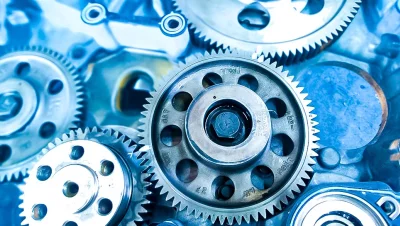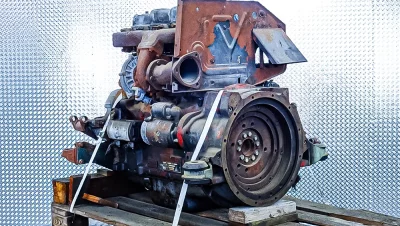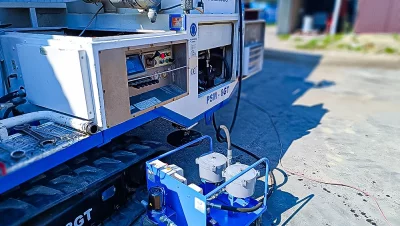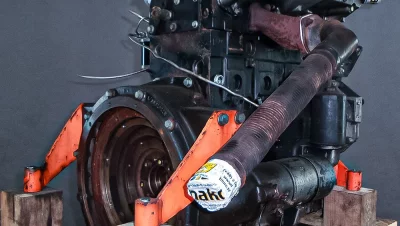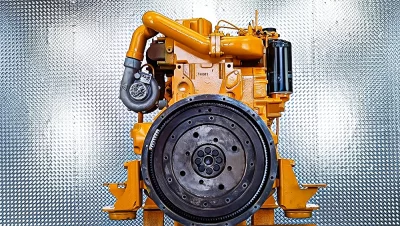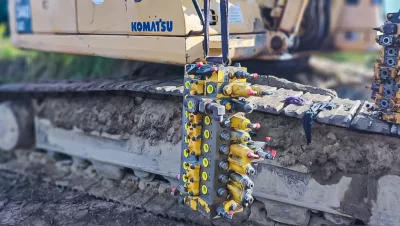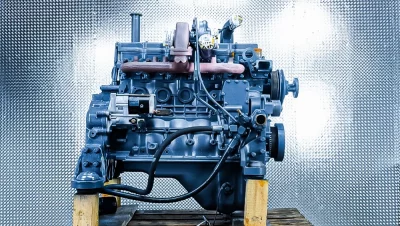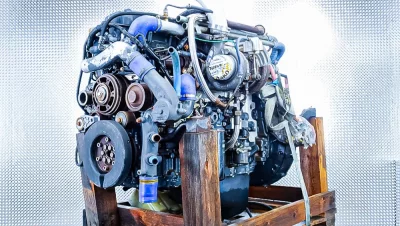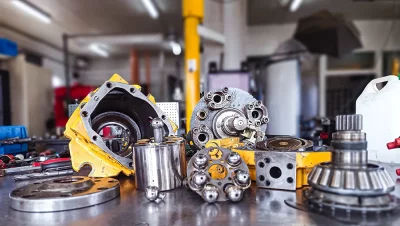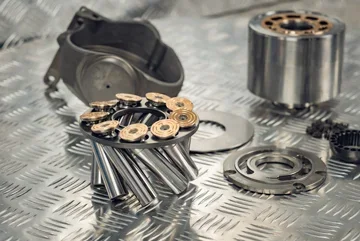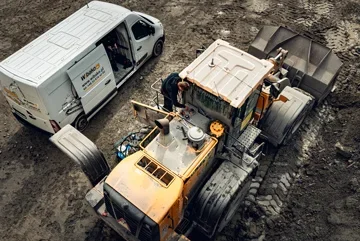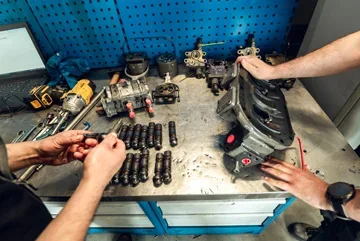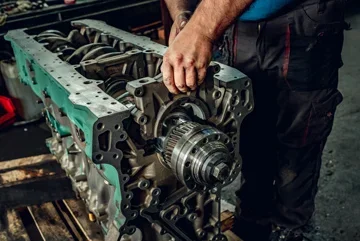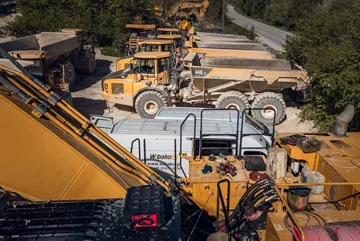Diagnostics of hydraulic power, further part of the guide
Proper diagnostics of the hydraulic system of a construction machine allows to avoid unnecessary costs, significantly shortens the repair time, and also reduces service costs. Many potentially serious failures actually concern minor faults, which can be quickly and cheaply removed once identified.
We have prepared a few examples.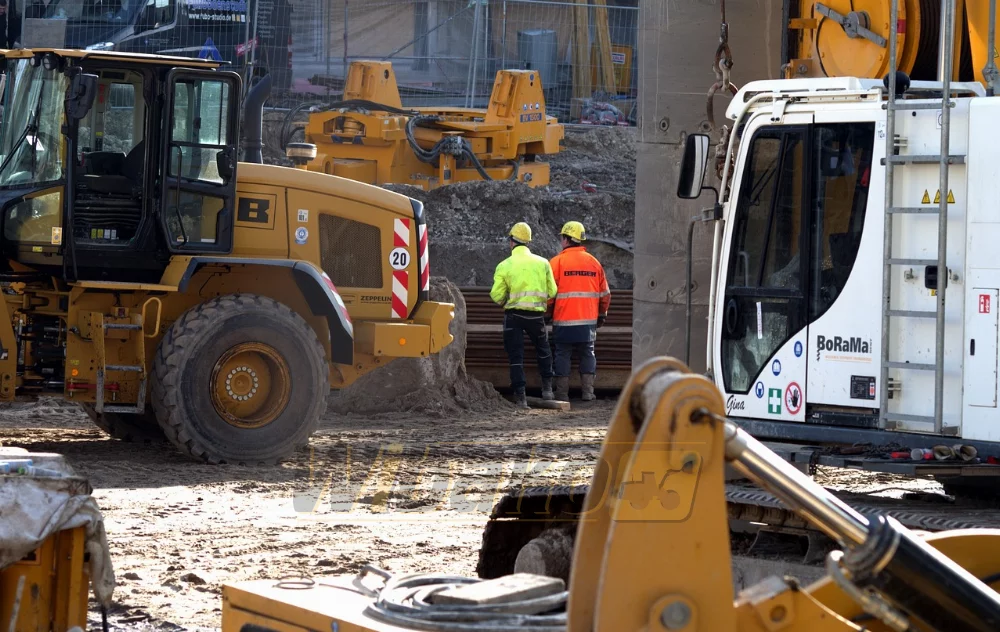
Typical failures of the hydraulic system - how to diagnose them?
Our service often receives machines, the owners of which are convinced that a very serious fault has occurred. However, we never immediately assume the worst scenario.
Our experience shows that many such failures are caused by trifles - unfortunately often very difficult to diagnose. This requires experience, knowledge and accuracy.
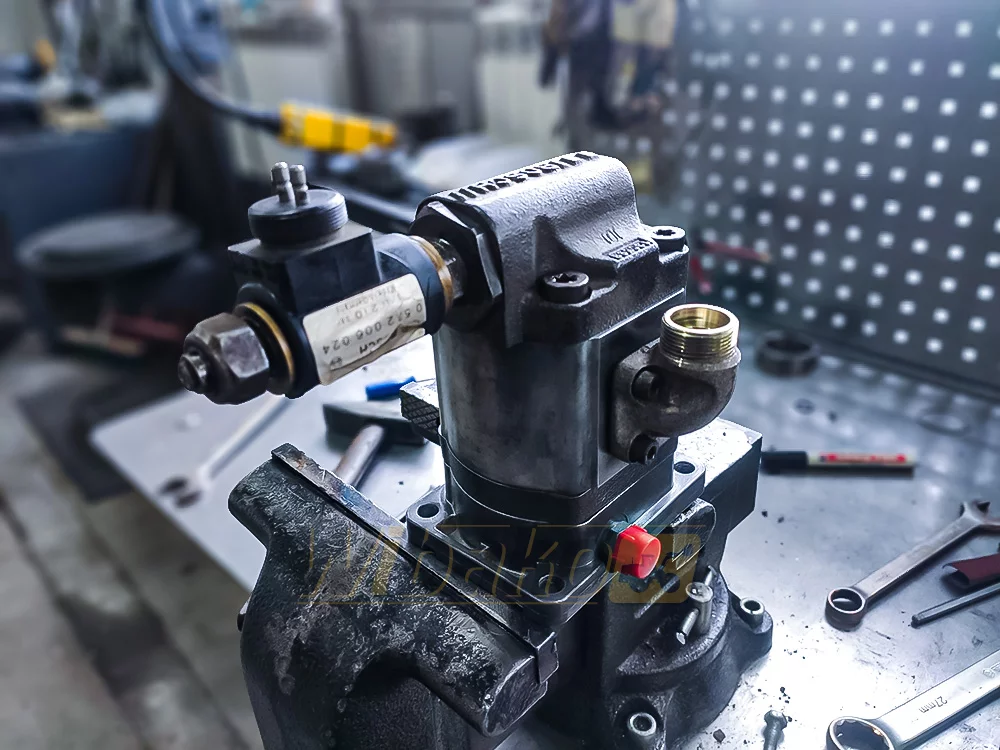
Here are 4 classic examples of such problems:
- Lack of drive in a wheel loader on cold oil - detailed diagnostics showed that the cause is too low oil level in the gearbox. This was caused by minor leaks. Additionally, it turned out that the oil had not been changed for a very long time.
- Lack of fast drive in a wheel excavator - a repaired hydraulic drive motor was installed in the machine, but it turned out that the fast gear in the excavator does not work. Our diagnostics showed wear of the friction discs of the fast gear in the drive reduction gearbox.
- Weak and slow movements of a crawler excavator - a pump with such symptoms came to our workshop. However, a detailed verification showed that the pump is not damaged. After further checking, our service technician found a chip blocking the main valve of the distributor. After removing the contamination, the pump's operation returned to normal.
- Loud and noticeable knocks when rotating the tower of a wheel excavator - a preliminarily checked machine came to our service. After a detailed analysis, it turned out that the fault is caused by worn hydro-accumulators of the control system. Replacing the elements with new ones solved the problem.
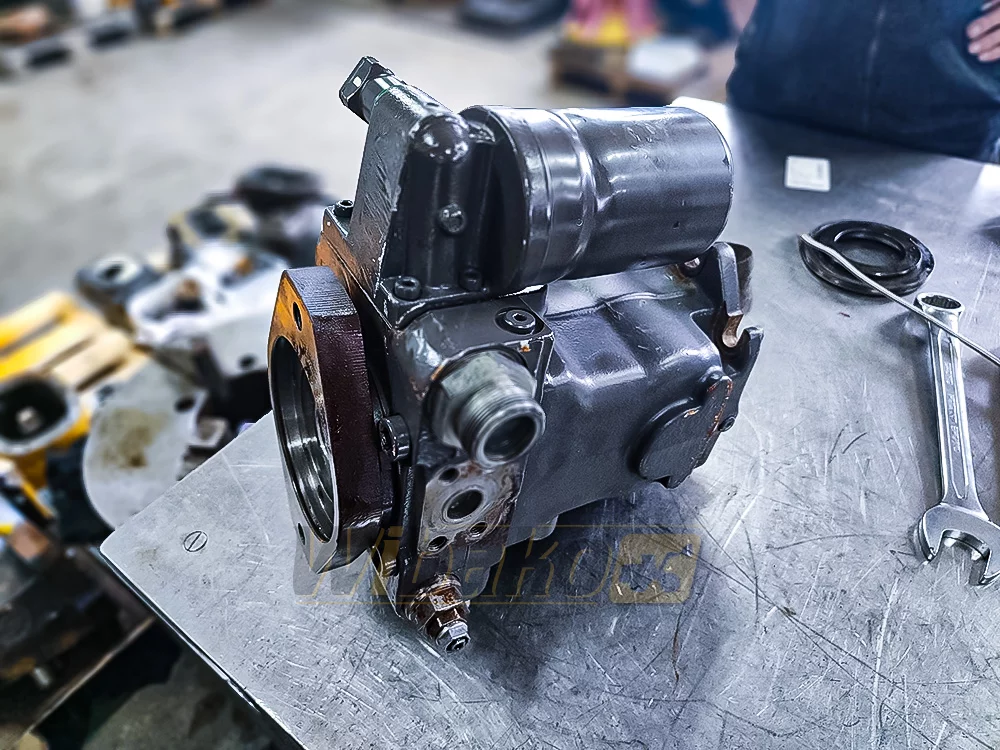
Detailed verification protects against high costs!
Our experience shows that even a minor fault can cause symptoms of a serious failure. Therefore, we always focus on very thorough diagnostics to avoid exposing the machine owner to high and unnecessary costs.
It is extremely important for the operator or owner of the machine to provide as many details as possible about the fault. This allows us to shorten the repair time and also reduce service costs.
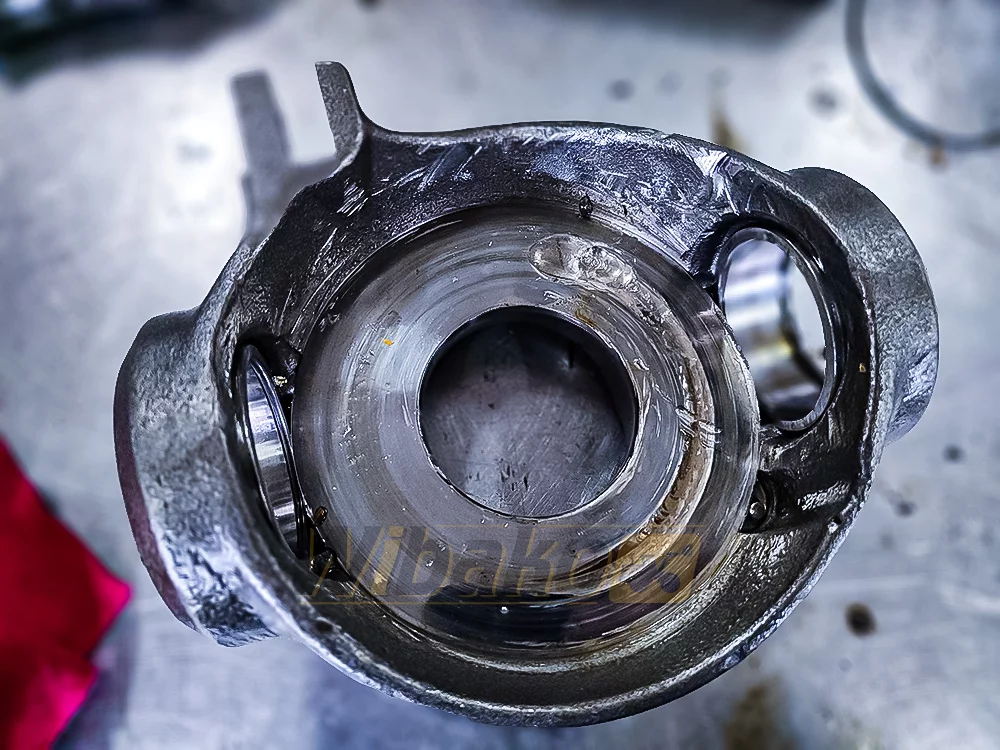
Let's also remember that attempts at self-repair by people who do not have the appropriate knowledge and tools can result in a worsening of the situation and additional damage to the machine.
As a result, the repair time is extended, and the costs significantly increase.



